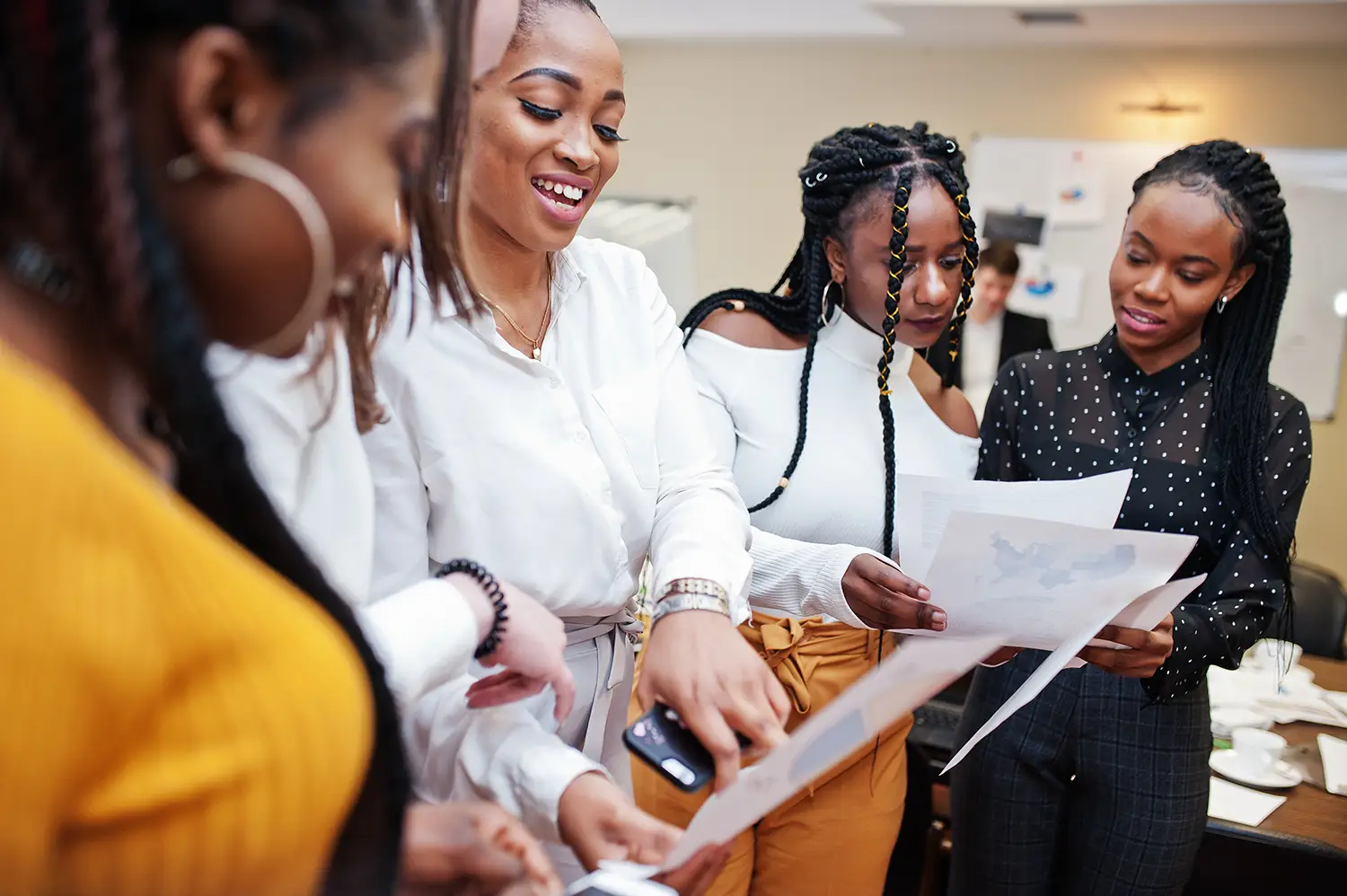I am one of those people that loves going to training classes. It gives me the nostalgia of the first week of school. New teacher. New classroom. New friends. Don’t laugh – I am a proud nerd. I get excited when they pass out the thick training binders (digital nowadays 🙁). I go in with the expectation that I am going to learn some new terms and techniques and that I will expand my vocabulary. The training class and the topics for the week are my shiny new things.
I take it that you know what happens to shiny new things after a gift-giving occasion. They end up with all of the other shiny new things – in a drawer, in a closet, lost in the clutter. Once you get back to work, you have all of the great intentions of the world to leverage the Stakeholder Empathy Map for more thorough stakeholder assessments, but alas… you are very busy. And the in-class example where you built out a plan by only asking the team open-ended questions – that was really neat but will you bomb if you try it on your project team without the class instructor to give insightful tips? Distance grows between the time you attended the class and putting the innovative techniques you learned into practice.
In addition to being a student, as a Lean Six Sigma Black Belt, I love to train others. The Lean concepts that I teach are often more art than science. There are multiple ways to employ various tools. By pairing training with coaching, my students get a much better picture of the training material. They get to take both me and the training back to their real life.
What have I found to be an effective approach:
- Ahead of training, ensure that the trainee has a project or related problem to bring to the training course. It will give them something to work through and apply the things that they are learning to like a signpost.
- Pairing coaching with training for a 3–6-month time period after the course is very beneficial for the trainee. The trainee is encouraged and supported as they try on their new skills. They can run their thoughts by an objective and knowledgeable partner. The class time extends for them, and they get more real-world examples.
- Checking in with the trainee at a specific cadence (about every two weeks) ensures that they stay on the journey of putting the new tools into practice, especially during the first month or so. It’s always nice to have a non-judgmental accountability partner. Think effective fitness trainer.
The relationship benefits the coach as well. It builds and cements a long-term relationship between two business people. I always learn about new aspects of the business as I coach others, and I get to continuously hone my communication skills. I cannot think of any downside to pairing coaching and mentoring with training.




